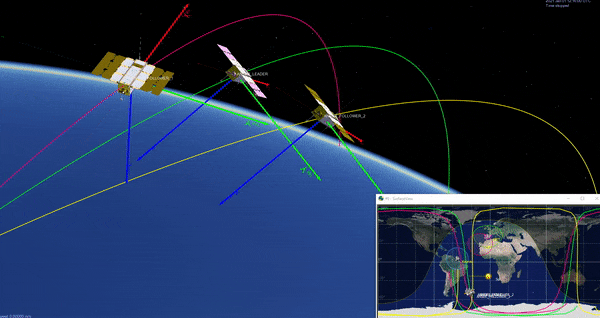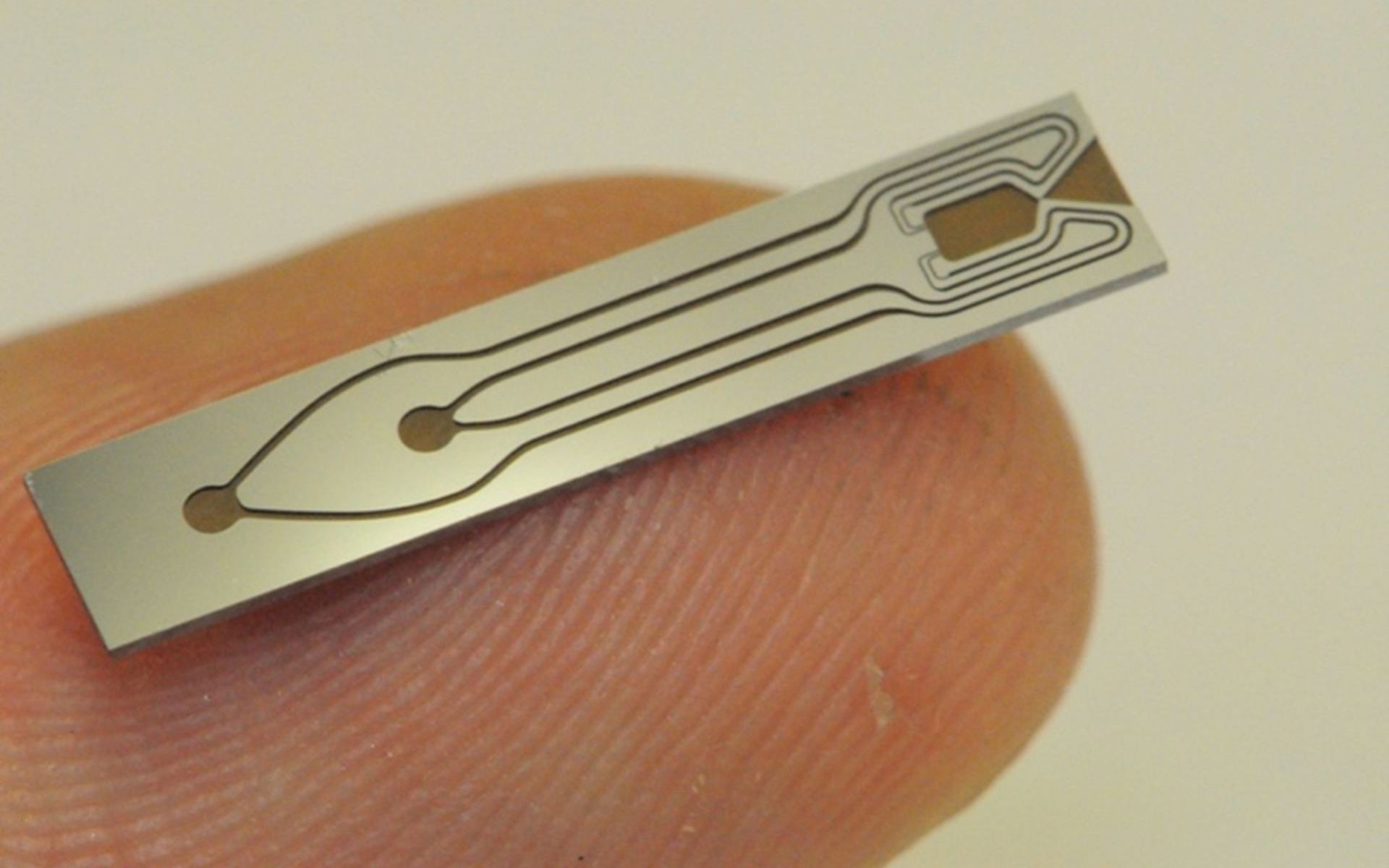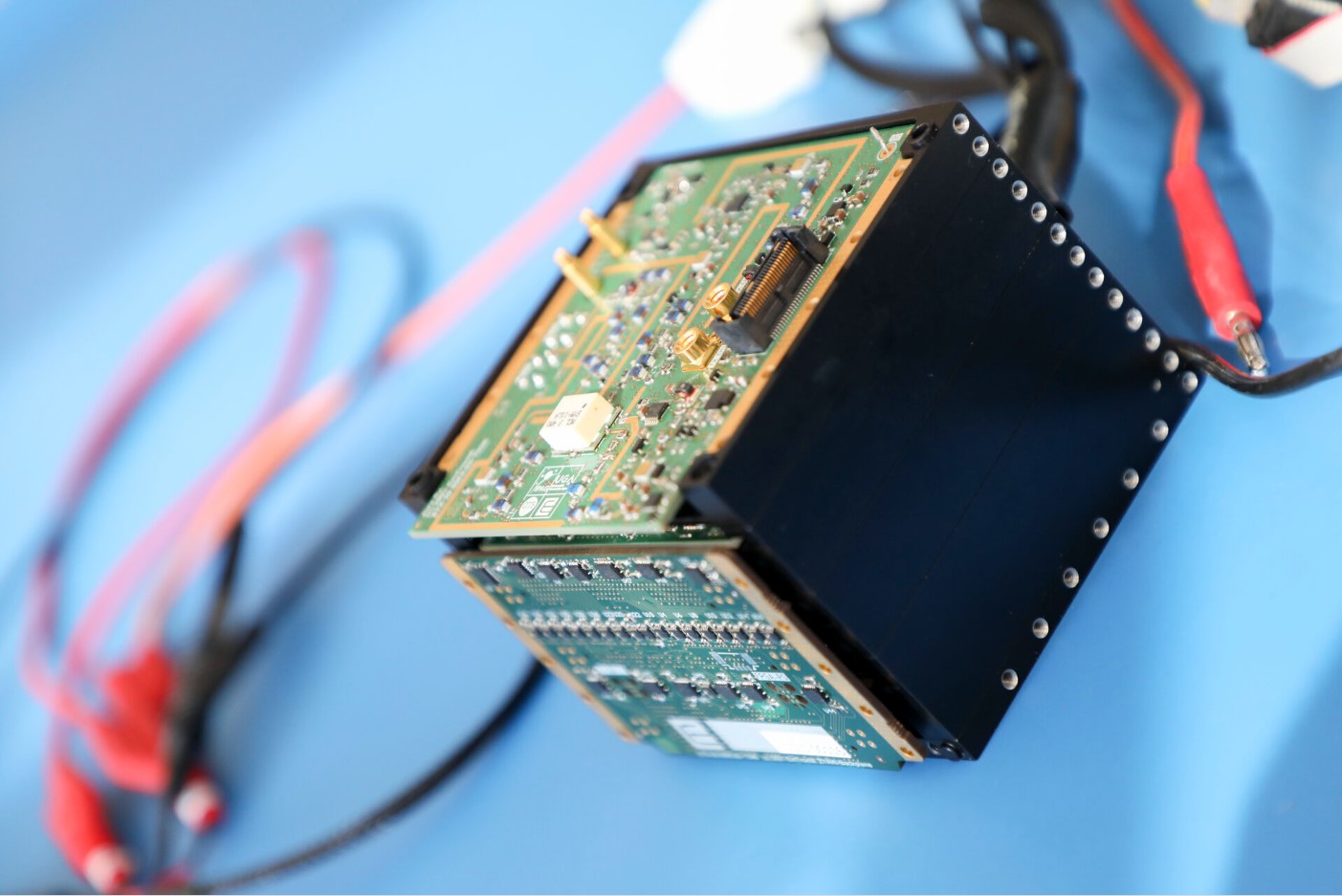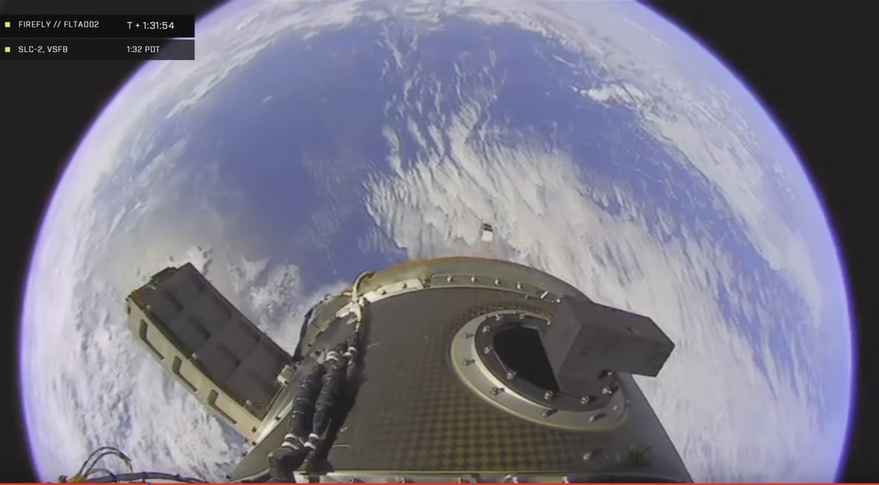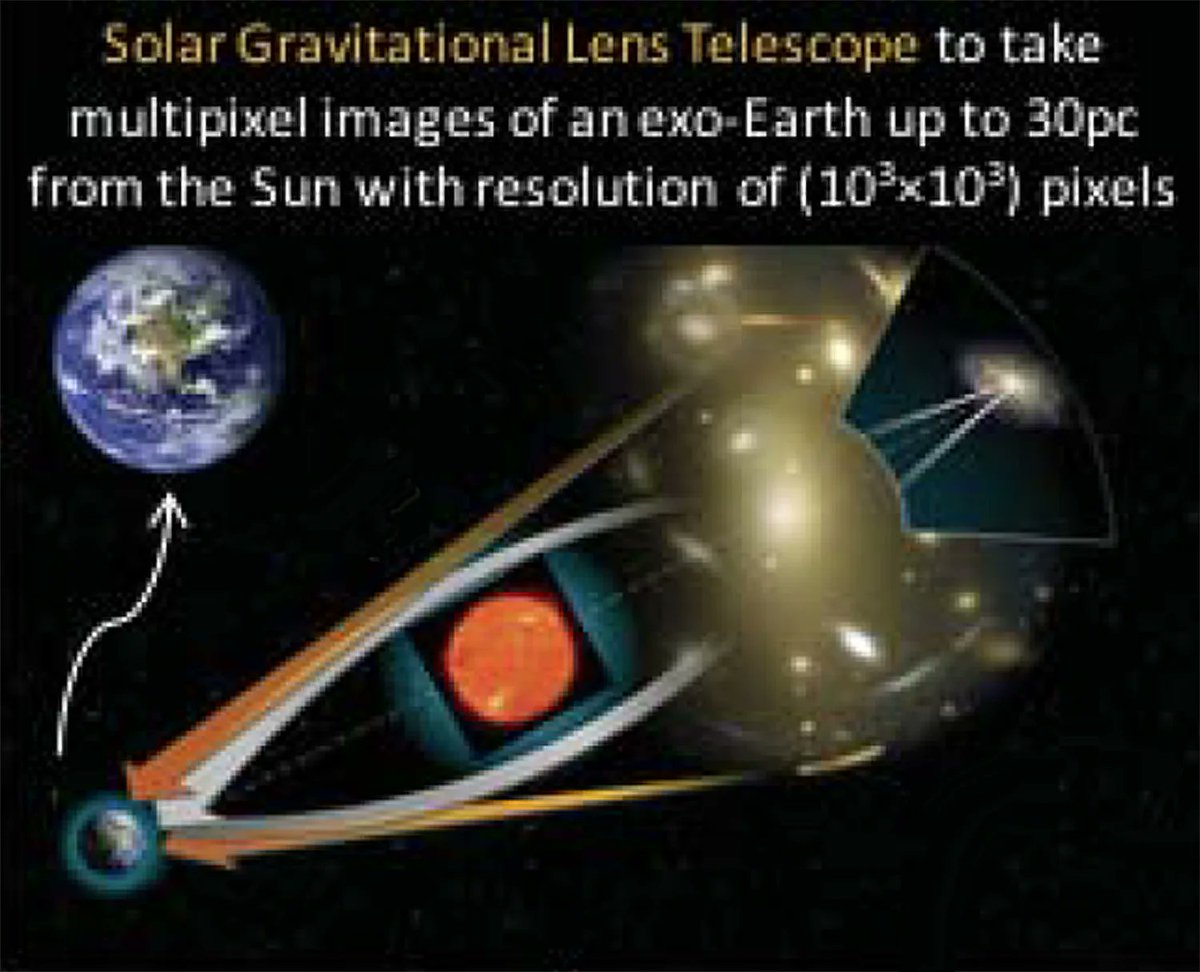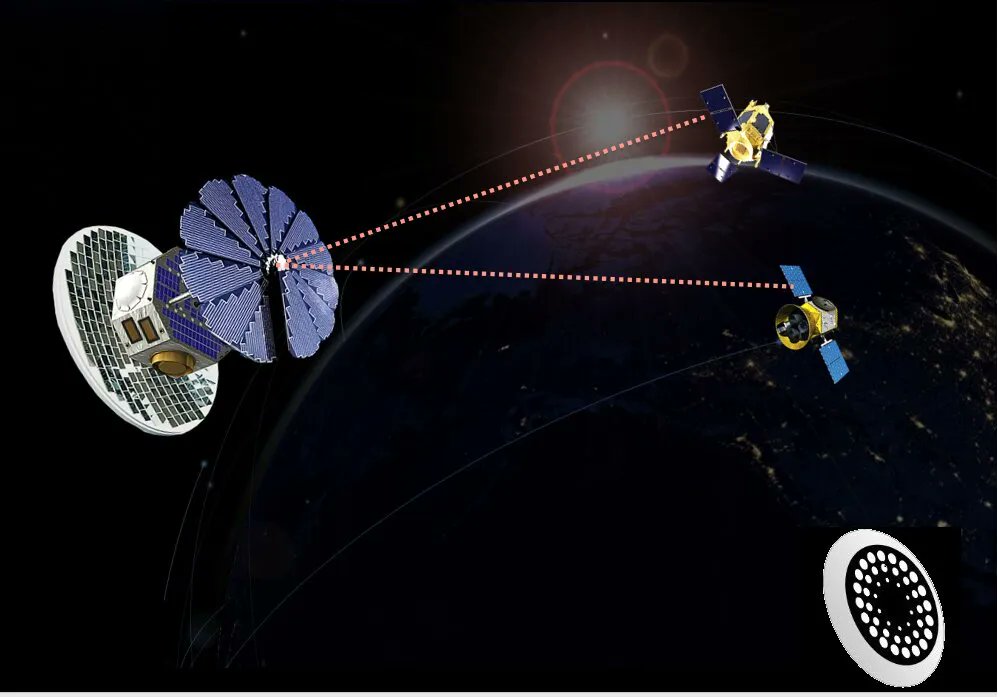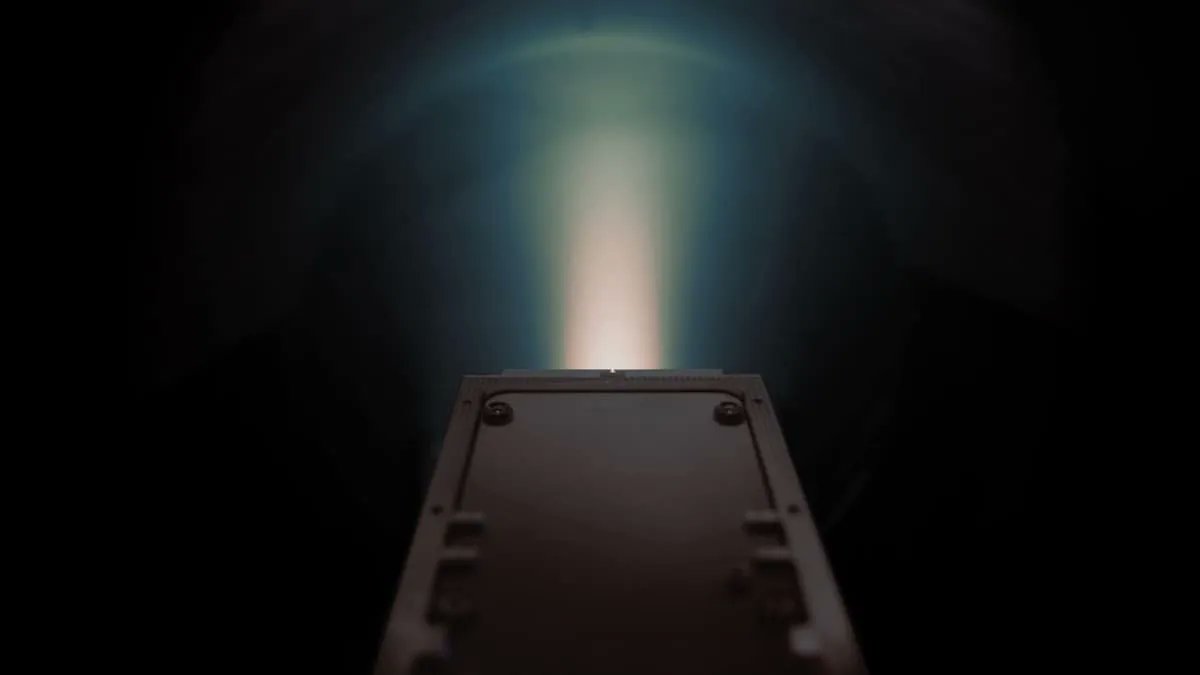CubeSats are becoming ever more popular, with around 2,400 total launched so far. However, the small size limits their options for fundamental space exploration technologies, including propulsion. They become even more critical when mission planners design missions that require them to travel to other planets or even asteroids. A team from Khalifa University of Science and Technology in Abu Dhabi recently released a review of the different Cubesat propulsion technologies currently available – let’s look at their advantages and disadvantages.
Continue reading “CubeSat Propulsion Technologies are Taking Off”CubeSat Propulsion Technologies are Taking Off




